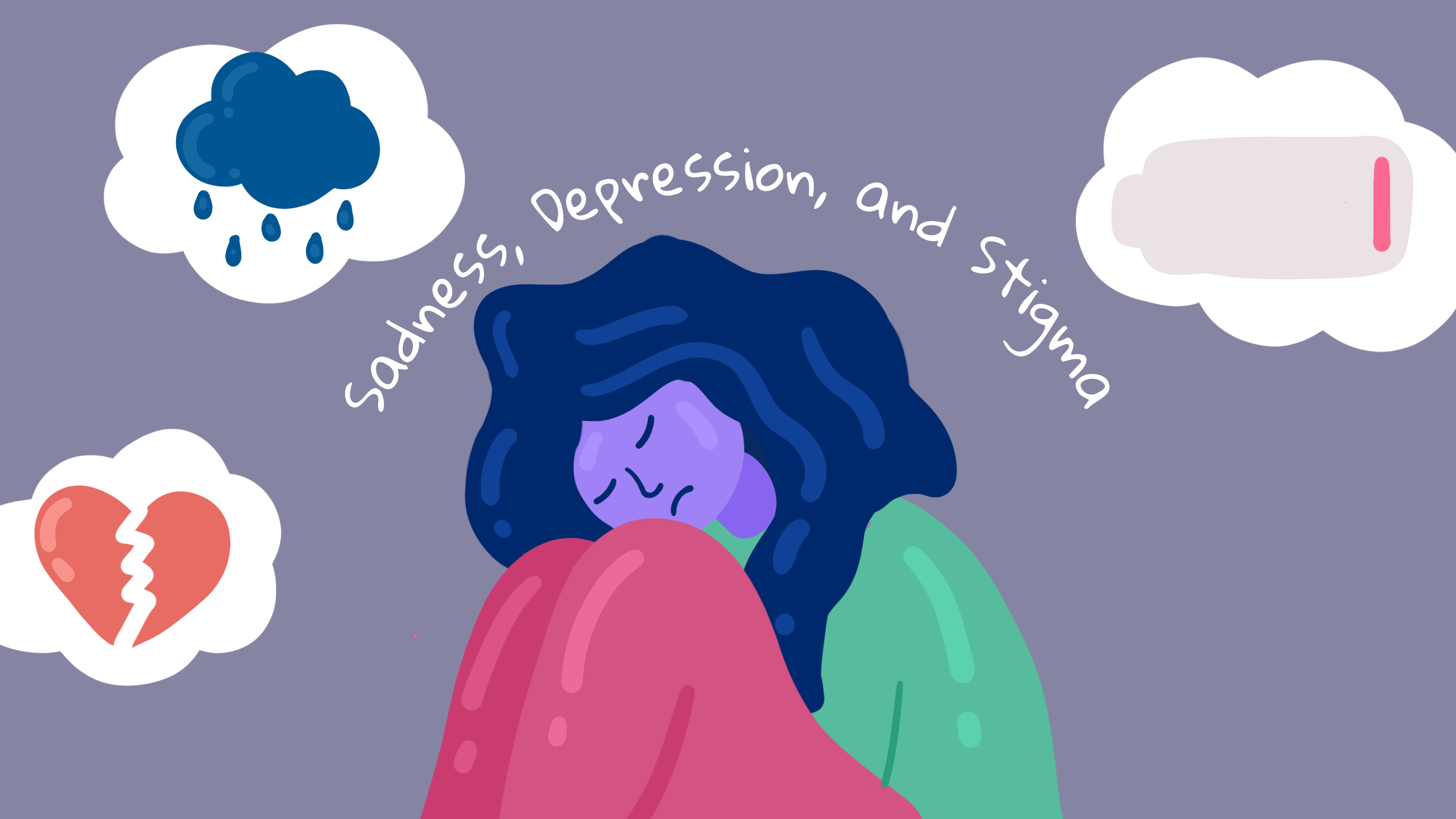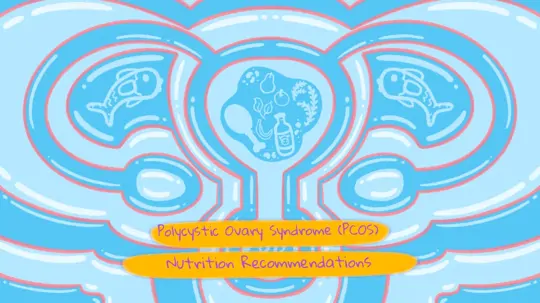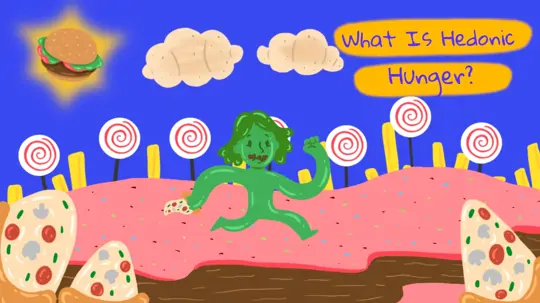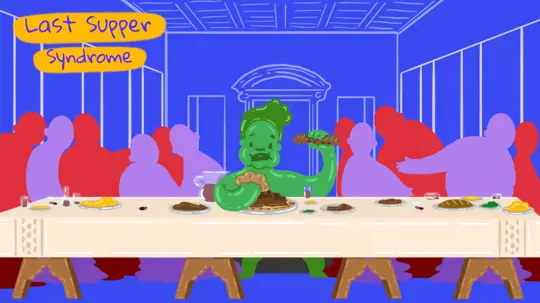
Start feeling better today!
Connect with your therapist today and take control of your life like our 850.000 happy clients.
Get StartedFluctuation of Feelings
There are times when we experience sad and heavy feelings, and this is how we define the flow of life. It may seem like everything is not going so well right now. We may not wake up to a sunny and bright day, or even if we do, we may find the bright light disturbing.
Some days we can feel unhappy. We may not get the same pleasure from a dessert that we normally enjoy while eating, or from a show that we laugh a lot while watching, or we may need to be alone and need some space. Regardless of whether the underlying need is noticed or not, it is quite understandable to feel and act unusually in the flow of life.
When we think simply, even an automatic machine, which is perfectly designed with every part for the targeted function, has the possibility of breaking down several times during its lifetime, that is, going out of its usual function and routine.
In contrast, we humans have a much more complex system and higher-level functions. While they actively affect the context in which they are located, they are also actively affected by it. When we think about the flow of life, things that are defined as positive and negative, fluctuations, situations that are beyond our control that we have difficulty handling, unpleasant or pleasant moments, times when we feel tired or energetic are all together.
The Balance of Happiness and Unhappiness
We can say that it is natural for humans to act on different emotions, thoughts, and behaviors for their harmony and functionality in this ongoing flow. We can think of how the universe tries to keep homeostasis (balance) within itself as an analogy for how important it is to accept experiences and feelings in all of their forms.
While all of this sounds understandable, it can sometimes be more difficult to make sense of emotions, especially those that are commonly described as negative, such as sadness, and to accept them as normal.
For example, while the state of someone who is very happy and energetic may be considered more normal for the most part, for someone who is sad or unhappy and does not want to do much for a few days because they feel down, even if it is mixed with humor, it is possible to observe an approach such as "You have become very melancholic these days; are you depressed or not?"
So what really is this thing called depression, which is commonly used in everyday conversation, even with sadness and low mood? Is it just an unwanted mood or a state of being sad? In fact, sadness is just one of the usual symptoms of depression; depression is more than sadness2.
Sadness Is Not Depression
As can be understood from the scientific framework, sadness is not depression. Sadness is a "normal" emotion with a flow and time limit created by realistic perceptions that describe loss or a disappointing negative event without distorting it. It adds depth to life.
For example, when we are sad, we think that if we lose a loved one, we will miss them. Depression causes distorted thoughts. For example, when we are depressed, we think we can no longer be happy. Also, while depression leads to a loss of self-confidence, sadness does not bring about this loss of self-confidence3.
Unreal Perception Created by Stigma
Sorrow, grievance, and depression can coexist, but they don't have to be. Distinguishing them is important to get needed help, support, or treatment4. But if you know the right things about this topic, you may be able to accept the expected feelings, thoughts, and behavior patterns without labeling them as a problem. You may also be able to avoid making false assumptions about people who really have a diagnosis of depression, which can lead to stigmatization.
Stigmatization is a reference to a person that degrades their dignity because they are considered outside of the norms accepted by the society they live in5.
Destigmatizing Depression
A depressed individual may not be able to get out of this situation on their own, not because they have a weak and helpless personality, but because there are really things going wrong in both their mental and bodily functions.
They may not be able to do good things for themselves. They may even have trouble doing their routine self-care. Of course, a peaceful sea walk, a fresh coffee, or an inspiring movie can make us feel good, but the striking truth is that feeling good is not the same as being good.
Supporting depressed individuals about things that make them feel good may accompany the professional support process carried out by one or more mental health professionals, but there is currently a scientific and systematic process that is not limited to this, namely psychotherapy and medical treatment.
This professional process is not based on our subjective experiences but on the person's physical and mental state, internal and external resources, needs, priorities, readiness in different areas, and the right time. Therefore, suggestions that we think will make a relative feel good may not always be implemented, or may not work even if they are implemented. However, it's important to note that social support works both to protect and to strengthen.
In addition, it should be noted that psychotherapy is not just a feel-good process, as might be expected. It is a balanced and realistic process, where ups and downs are viewed as natural. It is a system that uses scientifically proven methods and techniques that empower us and help us develop a new perspective by enabling us to meet them on softer ground, not for us to forget or think about the difficult experiences of life.
It should be noted that the acceptability of sadness and other possible reactions to difficult experiences in the flow of life. In addition, it is necessary to know that depression can also be a normal reaction, even if it would be insufficient to describe it as a reaction due to the different physiological and psychological reasons behind it.
Unconsciously used labels create an environment for stigma. While this may hinder the natural flow of emotions in individuals without any mental disorder, it leads to an underestimation of the experience of individuals with a serious mental disorder, such as depression, and to the belief that this is related to the individual's self-concern or not trying to be happy.
In another dimension of stigma, it is possible to identify depressiveness with the individual's self and to see an unpromising approach such as, They are always like this; they are depressed and melancholic.
However, this does not reflect reality. Depression is not hopeless; it is curable. In the face of the unique nature of the depressed individual's existence, describing them in terms of this mental disorder will not prevent a dysfunctional label.
According to the American Psychiatric Association, more than half of individuals with mental illness do not receive help; that is, they avoid or delay treatment due to concerns about being seen differently. Underlying this is that stigma, prejudice, and discrimination are big problems6. Because of this, it's important to have accurate information about the problem and spread knowledge about stigma to prevent harm and its spread.
Leaving Depression at an Available Station
Emotions and thoughts that are defined as positive do not last forever, just as opposite emotions are experienced and pass by like train cars. For this reason, it can be a balanced and functional choice to hold on to the train as if it will never get off, even if it is very comfortable or uncomfortable.
It's also normal to feel like you're stuck on a train when the trip is a little long and to think that this situation will never pass, but it's not real. With the right kind of professional help and teamwork, it is possible to leave the stuckness and hopelessness that go hand in hand with depression at an available station.
Sources
- Kafka, F., & Tezel, E. (2019). Letters to Milena (37th ed., p. 155). Istanbul: Can Publications.
- American Psychological Association. Retrieved from https://www.apa.org/topics/depression
- Burns, D. et al., (2020), Sadness is not depression, Feeling Good, (46th ed., p. 239-240). Istanbul: Psychonet Publications.
- American Psychiatric Association. Retrieved from https://psychiatry.org/patients-families/depression/what-is-depression
- Soygur, H., & Özalp, E. (2005). Schizophrenia and stigma. Journal of Internal Medicine, Psychiatry, 1(12), 74-80.
- American Psychiatric Association. Retrieved from https://www.psychiatry.org/patients-families/stigma-and-discrimination





